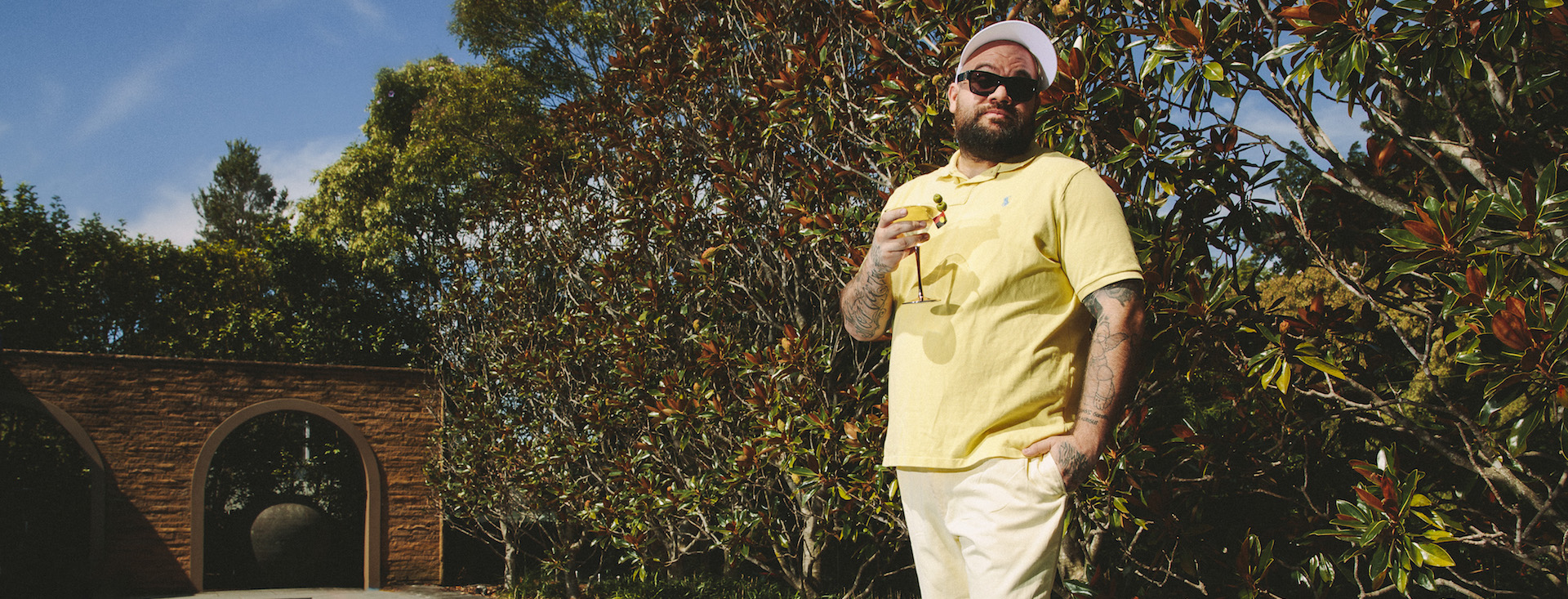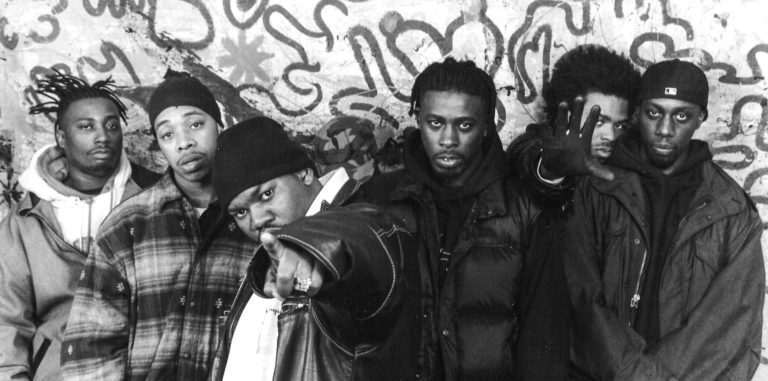
Indigenous Australian Rapper Briggs Shares Message of Triumph through Music
Photo credit: Cole Bennetts
Koori rapper Briggs of the Yorta Yorta people knows the importance of sharing your voice—even when others initially say they don’t want to hear it. Growing up in the rural town of Shepparton, 120 miles north of Melbourne, Australia, Briggs learned that through music he could tell stories that were uniquely his—including on complex topics of race, identity, and privilege. It’s something that remains an essential aspect of his music, and also that of his side project, A.B. Original, with fellow Indigenous Australian artist Trials.
We spoke with Briggs in honor of the International Day of the World’s Indigenous Peoples. He explained how his music—shaped by the rap and rock heroes he idolized during his childhood— helped create a platform within his community and blazed a new trail for Indigenous Australian voices.
What was your earliest exposure to music?
I grew up in a country town, where [I was] surrounded by souped-up Commodores and mullets, and cowboys with their gigantic bullbars and 20-foot antennas. Rap music was a big part of that, and I was pretty heavy into punk rock and metal, too—anything anti-establishment, like Guns N’ Roses, Ice Cube, and Snoop Dogg, which were always within arm’s reach of a tape deck. Punk rock stuff I liked was Green Day, blink-182, and The Vandals. I really got into Misfits and Motorhead, too. Just ’90s stuff, you know, Wu-Tang—anything cool.
How have the challenges for emerging artists in Shepparton changed since you were growing up?
Being a kid in Shepparton is a challenge because you’re isolated from music and ideas. When you’re in Melbourne, a kid in the city, you can see things happening. In Shepparton, you don’t get to see that, so you have to try and make it—and you have a lot of people telling you that you’re not allowed to make it, you know? I used to put shows on when I was a kid, get local bands to play, and take some money for myself. I started my hustle when I was 15.
How is it different sharing your culture as an Indigenous person now versus back then?
Shepparton has the largest Indigenous population in Victoria outside of Melbourne. It also has the largest Indigenous population in Victoria per capita. So there was always a presence, and it was always just a part of us and what we did and still do. We just operated as artists and rappers. You don’t really realize how different you are until it’s presented to you.
If you want to know what it’s like to be an Indigenous person in Australia today, just listen to my music. I’m tired of panels, I’m tired of lectures, I’m tired of keynotes—just listen to the music and go to the shows if you want to find out!
What are some of the misconceptions about your culture locally, and globally, that you’re trying to overcome with your music?
The message that I’m trying to get across with my music is one of triumph. Statistically, I’m not meant to be doing the things I’m doing. When I was a kid, I had Ice-T, Ice Cube, Biggie, Snoop Dogg—but I didn’t have someone from home [to idolize]. I started to figure all this out around [my third record] Sheplife. I realized I had to release legacy records.
A.B. Original was the beginning of that. What was the album I needed when I was a young, 15-year-old kid, when I was being told rap music wasn’t for Australia? It wasn’t like they were just saying rap music wasn’t for Koori kids, they were saying rap music wasn’t for Australia. And I think we nailed it with our album Reclaim Australia, to be honest. When it really made sense for me was when my cousins and nephews were playing our music on Bluetooth speakers at parties. That’s when I knew we’d achieved what we had set out to do.
Tell us about your next body of work and how you’ve approached putting it together.
I really wanted to set Briggs apart from A.B. Original, so with Briggs, it’s me as a person. There are other avenues for me to explore as an artist and as an individual. I want to work with some people I haven’t worked with before, and something that translates to a good, fun, live show as well. And just explore some thoughts and ideas musically that I haven’t yet and aren’t A.B. Original-centric.
Tell us about some great up-and-coming Indigenous voices in music.
Alice Skye is going to be a mega-star. Kobie Dee. Nooky is a dark horse, a quadruple threat. Philly just dropped an incredible track called “Brown Skin.” Everything on our label Bad Apples is really exciting at the moment.
Spotify is proud to be an official partner of the National Indigenous Music Awards 2019 taking place tomorrow in Darwin, Australia. Briggs is nominated for Best Artist and Film Clip of the Year, having previously won Best New Artist and a number of other accolades since 2014.
For more on how we’re working to amplify Indigenous Australian voices, read about our Sound Up Bootcamp in Sydney last fall.







